Sanguinaria canadensis
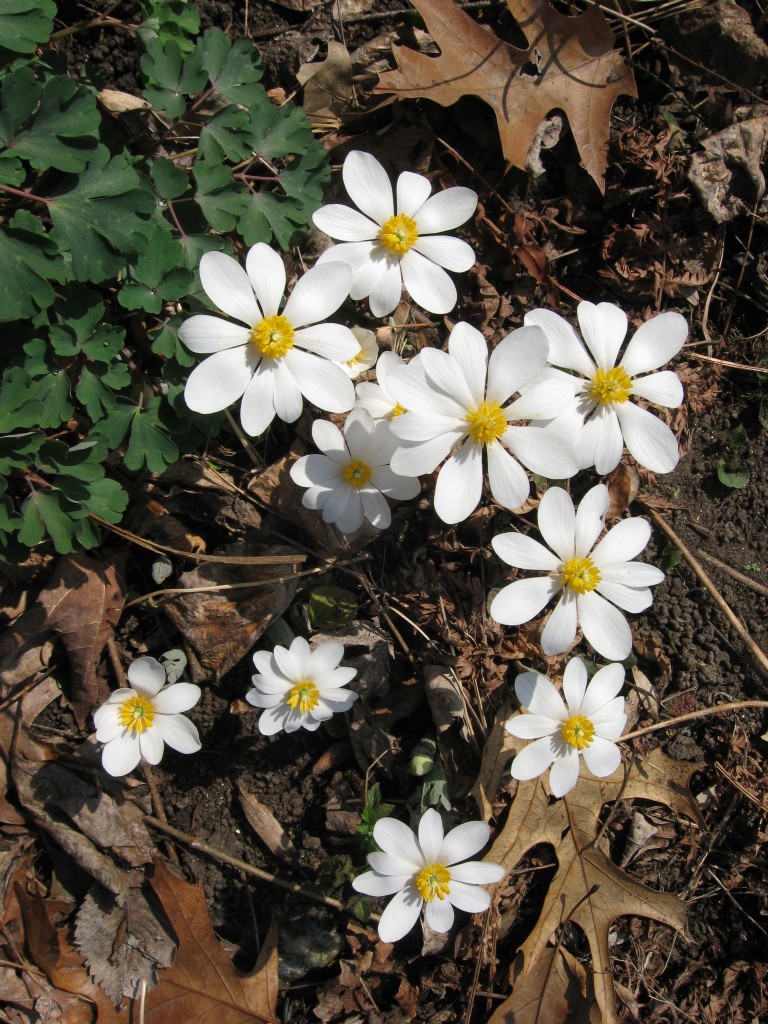
This plant is a great groundcover. Â Lots of white flowers in the early spring and attractive leaves.
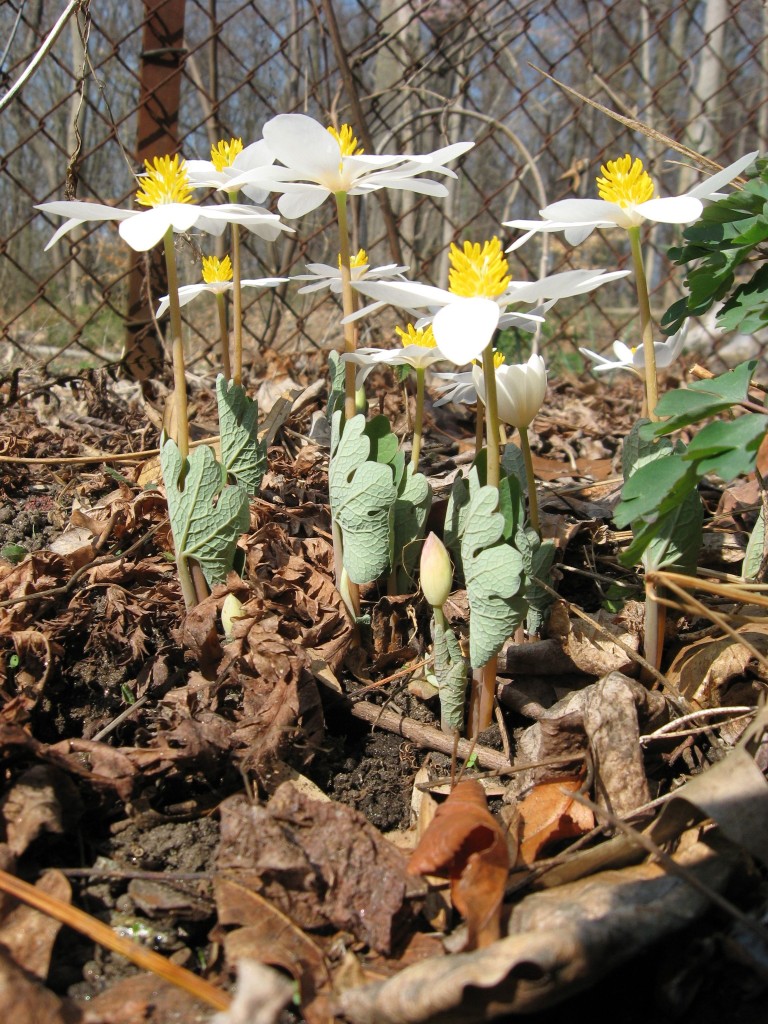
The second year in a row in our window planter. Nuage enjoys the blooming flowers too!
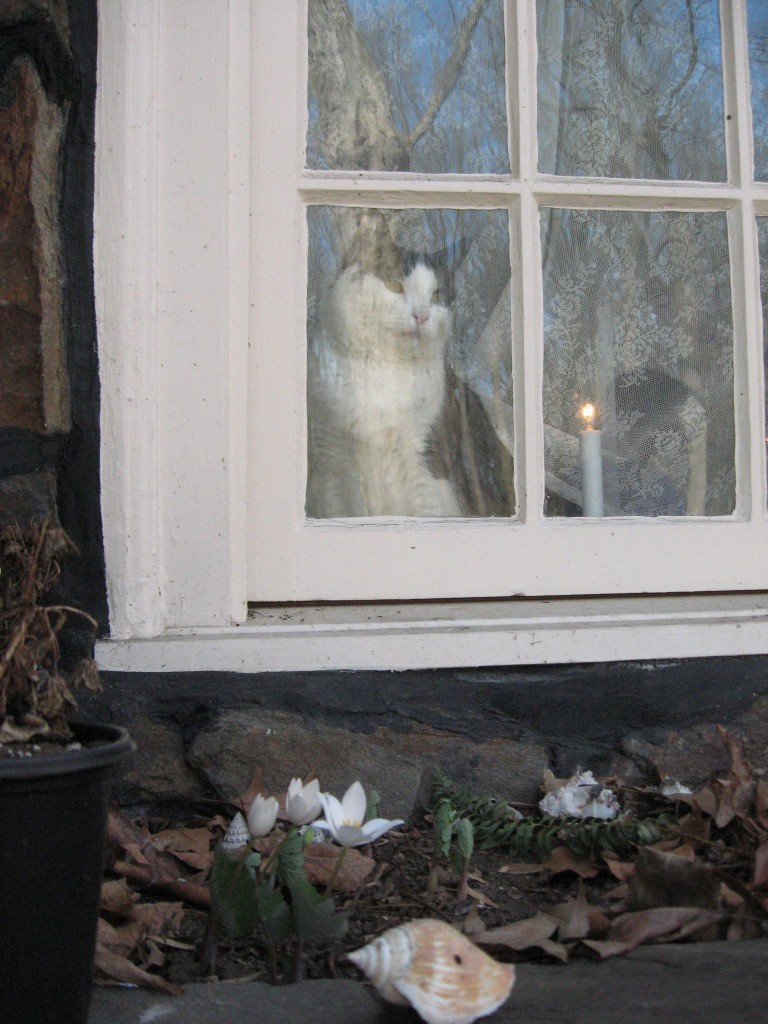


A Website about Urban Environmental Restoration in Fairmount Park, Philadelphia
Sanguinaria canadensis

This plant is a great groundcover. Â Lots of white flowers in the early spring and attractive leaves.

The second year in a row in our window planter. Nuage enjoys the blooming flowers too!

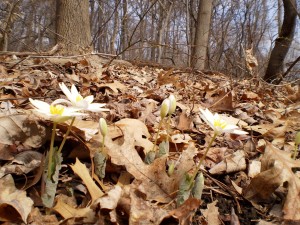
For the record, the first bloom occurred this past Tuesday, March 13, 2012. Paying close attention to the few flowers that did bloom, we noticed that the flower petals grew in size for the next day’s bloom. Last years first bloom started on March 19, which puts this blooming about one week sooner.
We expect the blooming season to last about a month. Â Different populations in Morris Park bloom at different times, which makes the blooming season interesting. If you want to come and visit and see a big show, now is not the time, maybe in a week to two weeks. Â But here and there, they are starting to bloom.
It is always great to see the first blooms of Bloodroot, welcoming the onset of Spring. This is certainly one early Spring though.
FEB 28, 2012, along the east branch of Indian Creek, Morris Park, Philadelphia.
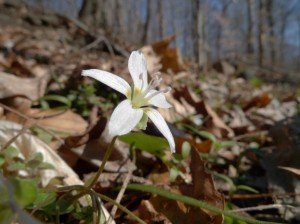
Photo by Brian Solomon. This Claytonia virginica was spotted in bloom on yet another unusually warm February day.
It is nice to see the flower, but it is worrysome that this is too early. Â Daffodils are blooming in the alley. Crocuses and snowdrops that have escaped out of cultivated yards into the natural woodlands are blooming as well.
It will be interesting to see how this spring unfolds.